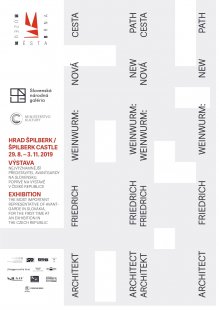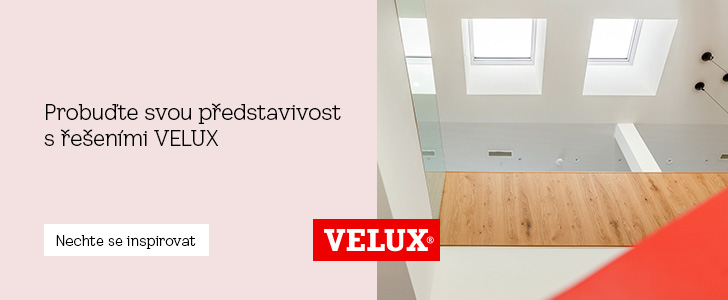
In Brno, they present the architect who gave Bratislava a modern face
Brno - The work of architect Friedrich Weinwurm, who gave Bratislava a more modern face during the First Republic, is being exhibited at Brno's Špilberk Castle. The first exhibition of Weinwurm's work in the Czech Republic has been prepared by the Museum of the City of Brno in collaboration with the Slovak National Gallery. It will run until November 3rd.
"The exhibition will visually engagingly present visitors with the ideological and expressive concepts of Weinwurm's work," stated curator Jindřich Chatrný from the Museum of the City of Brno.
Thanks to original planning documentation, visitors will learn about Weinwurm's vision of the architecture of the New Objectivity, the work of his architectural studio, and the design process. Period and current photographs compare the original and current state of the buildings. The exhibition at Špilberk also includes models.
Weinwurm worked on projects such as the Unitas and Nová doba complexes, and also designed residential buildings, including the Pfeffer villa. In Brno, he, along with his colleague Ignác Vécsei, is signed under the project of a residential building at the corner of Cihlářská and Antonínská streets.
"Weinwurm's attention focused on two areas. The first was architectural form, spatial and functional relationships, as well as construction and technical solutions. The second was related to the social role of architecture - addressing housing issues or the position of the family or women in modern society," stated exhibition author Henrieta Moravčíková from the Architecture Department of the Institute of History of the Slovak Academy of Sciences.
Weinwurm aimed for rationality in building layouts, as well as overall purposefulness and functionality of buildings, which was reflected in standardized floor plan solutions and in simple façades reduced to a system of window openings in smooth plaster surfaces. However, he never resigned from the artistic aspect.
Weinwurm was born in 1885 in a Jewish family in Borský Mikuláš. He studied at technical universities in Dresden and Berlin. In 1915, he arrived in conservative Bratislava, where historicism and late Art Nouveau were still prevalent. After the establishment of Czechoslovakia, he was involved in dozens of buildings. During World War II, due to his origin, he was persecuted and interned, and he disappeared in 1942, probably while attempting to escape across the border.
More information >
"The exhibition will visually engagingly present visitors with the ideological and expressive concepts of Weinwurm's work," stated curator Jindřich Chatrný from the Museum of the City of Brno.
Thanks to original planning documentation, visitors will learn about Weinwurm's vision of the architecture of the New Objectivity, the work of his architectural studio, and the design process. Period and current photographs compare the original and current state of the buildings. The exhibition at Špilberk also includes models.
Weinwurm worked on projects such as the Unitas and Nová doba complexes, and also designed residential buildings, including the Pfeffer villa. In Brno, he, along with his colleague Ignác Vécsei, is signed under the project of a residential building at the corner of Cihlářská and Antonínská streets.
"Weinwurm's attention focused on two areas. The first was architectural form, spatial and functional relationships, as well as construction and technical solutions. The second was related to the social role of architecture - addressing housing issues or the position of the family or women in modern society," stated exhibition author Henrieta Moravčíková from the Architecture Department of the Institute of History of the Slovak Academy of Sciences.
Weinwurm aimed for rationality in building layouts, as well as overall purposefulness and functionality of buildings, which was reflected in standardized floor plan solutions and in simple façades reduced to a system of window openings in smooth plaster surfaces. However, he never resigned from the artistic aspect.
Weinwurm was born in 1885 in a Jewish family in Borský Mikuláš. He studied at technical universities in Dresden and Berlin. In 1915, he arrived in conservative Bratislava, where historicism and late Art Nouveau were still prevalent. After the establishment of Czechoslovakia, he was involved in dozens of buildings. During World War II, due to his origin, he was persecuted and interned, and he disappeared in 1942, probably while attempting to escape across the border.
More information >
The English translation is powered by AI tool. Switch to Czech to view the original text source.












